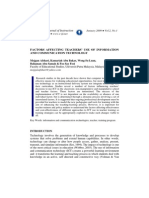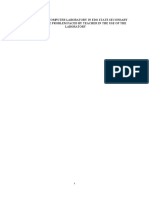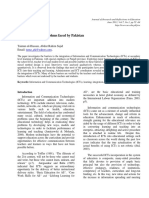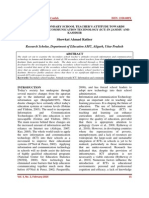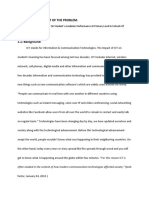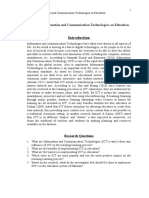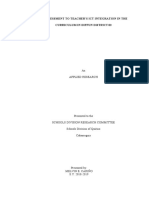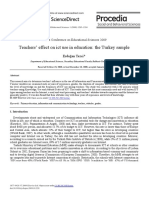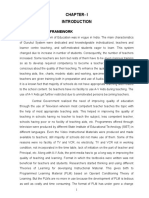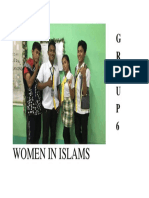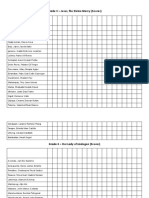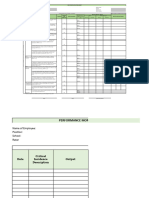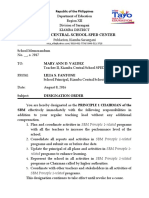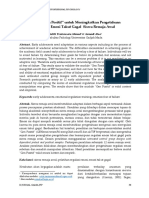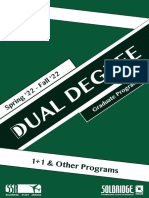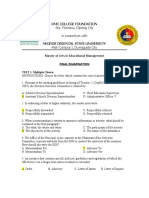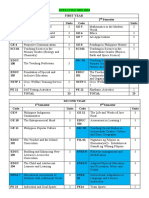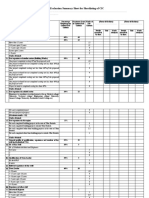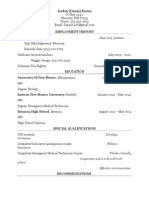0% found this document useful (0 votes)
126 views8 pagesNew Chapter 2 Editing
This chapter reviews related literature on the variables that form the conceptual framework of the study. Previous research has found that instructional videos can be as effective as real objects in teaching agriculture and environmental sciences to primary students. Computers in the classroom have benefits like gaining more knowledge but will never replace teachers. Studies also show generally positive teacher attitudes towards ICT but gaps in computer proficiency, especially in developing countries. The conceptual framework shows the relationship between popular media and its implications for student learning outcomes, with ICT resources and equipment as independent variables.
Uploaded by
Baby Zahra BalubuganCopyright
© © All Rights Reserved
We take content rights seriously. If you suspect this is your content, claim it here.
Available Formats
Download as DOCX, PDF, TXT or read online on Scribd
0% found this document useful (0 votes)
126 views8 pagesNew Chapter 2 Editing
This chapter reviews related literature on the variables that form the conceptual framework of the study. Previous research has found that instructional videos can be as effective as real objects in teaching agriculture and environmental sciences to primary students. Computers in the classroom have benefits like gaining more knowledge but will never replace teachers. Studies also show generally positive teacher attitudes towards ICT but gaps in computer proficiency, especially in developing countries. The conceptual framework shows the relationship between popular media and its implications for student learning outcomes, with ICT resources and equipment as independent variables.
Uploaded by
Baby Zahra BalubuganCopyright
© © All Rights Reserved
We take content rights seriously. If you suspect this is your content, claim it here.
Available Formats
Download as DOCX, PDF, TXT or read online on Scribd
/ 8













